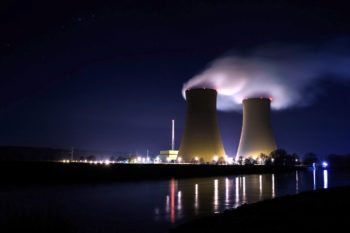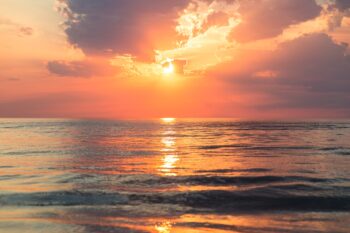
Channel 9 now pushes the hoax scare:
The effects of climate change on the tiny Alaskan town of Kivalina, which sits on a barrier island fronting the Chukchi Sea, are so bad that even the dead are leaving town.
Situated 130km north of Anchorage, Kivalina, which sits barely three metres above sea level, diminishes with every storm that hits… Kivalina has become a cause celebre in Barack Obama’s attempts to combat climate change…
Meanwhile in the Pacific, the residents of places like the Maldives, Kirabati, and the Marshall Islands also face maritime oblivion, prompting the first trickle of what will surely become a deluge of climate refugees.
Watts Up With That explains why the Kivalina story is pure bull, and has more to do with the nature of barrier islands and poorly designed sea walls:
The fact remains, however, that just as with Shishmaref and Newtok, the cause of the problems are human actions, although they have nothing to do with CO2. All three villages are in ridiculously unstable, shifting, dangerous locations for the same reason—they were rounded up by the BIA and forced to settle there.
As for the Pacific islands, how often does the truth need to be told before journalists stop ignoring it? The truth is that most have been growing in size or stayed stable:
New Zealand coastal geomorphologist Paul Kench, of the University of Auckland’s School of Environment, and colleagues in Australia and Fiji, … found that reef islands change shape and move around in response to shifting sediments, and that many of them are growing in size, not shrinking, as sea level inches upward. The implication is that many islands—especially less developed ones with few permanent structures—may cope with rising seas well into the next century…
Their analysis, which now extends to more than 600 coral reef islands in the Pacific and Indian Oceans, indicates that about 80 percent of the islands have remained stable or increased in size (roughly 40 percent in each category). Only 20 percent have shown the net reduction that’s widely assumed to be a typical island’s fate when sea level rises.
Some islands grew by as much as 14 acres (5.6 hectares) in a single decade, and Tuvalu’s main atoll, Funafuti—33 islands distributed around the rim of a large lagoon—has gained 75 acres (32 hectares) of land during the past 115 years.
But 2,000 miles to the west in South Tarawa, Kiribati’s narrow, six-square-mile capital island crowded with 50,000 people, the picture is much darker. Over the past half-century, residents of the 15 other Gilbert Islands have flocked there in search of jobs and better schools for their children… To minimize flooding, they built poorly designed seawalls that regularly collapse. Meanwhile, the government increased South Tarawa’s area by 19 percent over 30 years by building causeways between islets and creating new land over the reef with lagoon sand poured behind seawalls. The widespread erosion and flooding that resulted “is primarily due to [local] human activities,” which unless stopped will “increase erosion and susceptibility of the reef islands to anticipated sea-level rise,” one study concluded.
Global warming seems to give journalists licence to suppress the truth and even tell outright untruths.















